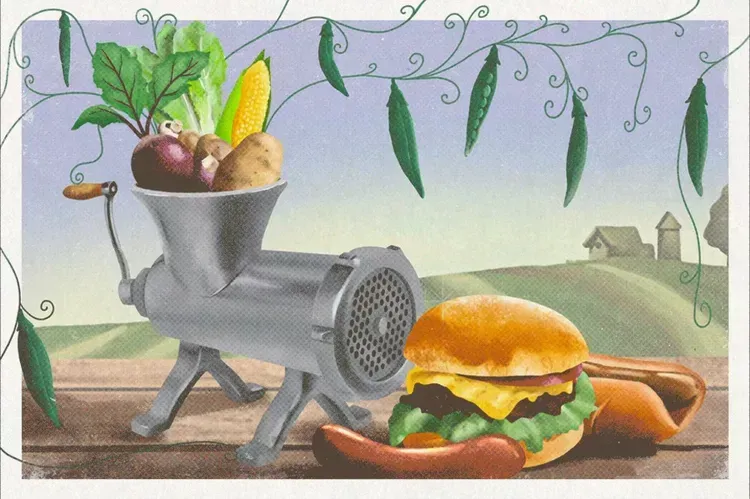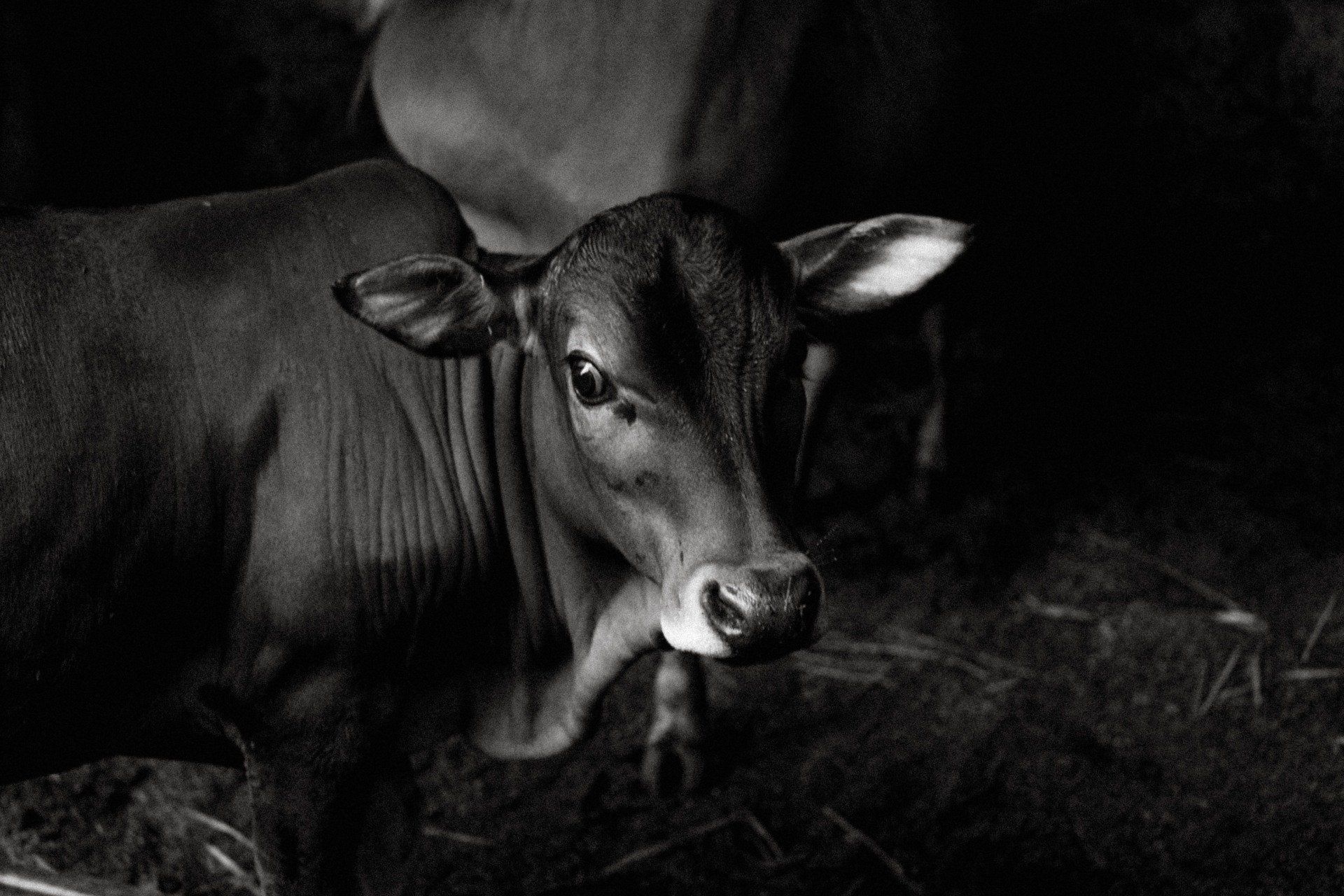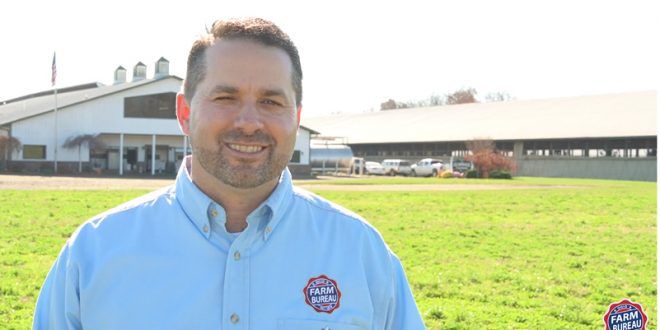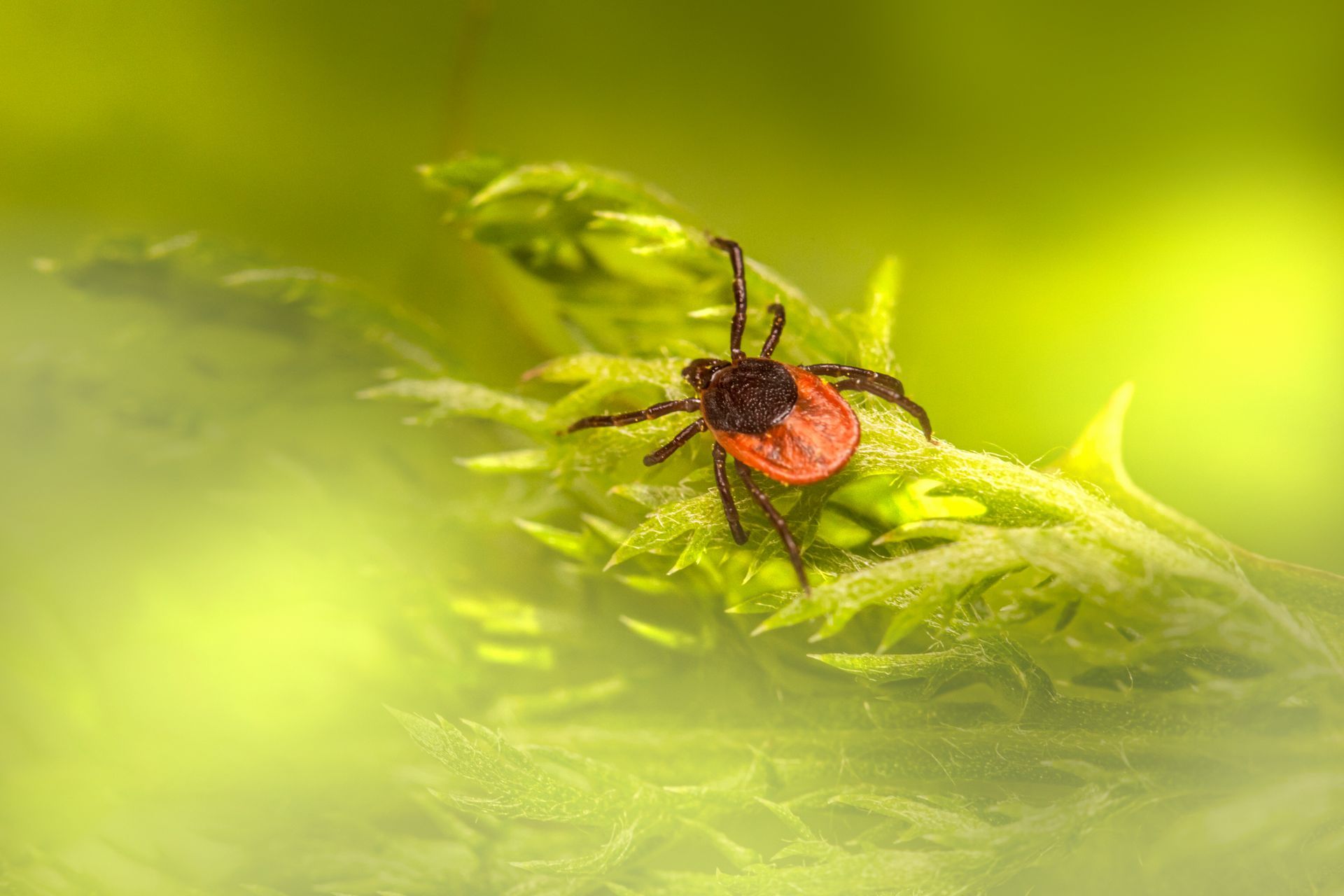Ohio Farm Bureau kicks off 2020 online annual meeting
For the first time in more than 100 years, Ohio Farm Bureau’s annual meeting will largely be held remotely in across the state Dec. 7-11, 2020.
“We know for so many of our members the annual meeting is much more than just a meeting. It’s a celebration of our organization,” said Adam Sharp, Ohio Farm Bureau executive vice president. “This year will be much different than our delegates and members have enjoyed over the past century, but like many things happening this year, we had to adapt to today’s challenges.”
The virtual event kicked off Monday Dec. 7 at 7 p.m. with comments from Frank Burkett, III, Ohio Farm Bureau President and Adam Sharp, Ohio Farm Bureau Executive Vice President. The event wraps up on Friday with the business portion of the annual meeting where Farm Bureau policy will be set for the coming year.
“While the delegate and business sessions will be done remotely through secured systems, we will work hard to have full engagement with everyone involved through this crucial democratic process for our organization,” Burkett said. “Even though this approach is not meant to be the new normal, Ohio Farm Bureau looks forward to a successful 2020 annual meeting, and our membership will be stronger on the other side of these adverse times.”
In his remarks, Burkett outlined the 2019 formation of the Membership and Financial Strength Task Force. Some of the recommendations of the task force are being presented in the coming days.
“At last year’s annual meeting I announced the formation of a task force. The task force was charged to look at the many challenges that we have as an organization and bring recommendations back to our Ohio Farm Bureau Board of Trustees and eventually to our delegate body,” Burkett said. “Having a long term plan in place for the direction of our organization and to meet the needs of our membership is paramount. We have a strategic plan that serves as that very foundation.”
Burkett pointed out how important federal assistance was in 2020 in a variety of programs including the Coronavirus Food Assistance Program and the Paycheck Protection Program, though they are not long-term solutions.
“These programs are not sustainable. Farmers want to recover their money from the marketplace, not from government programs,” Burkett said. “In the future, we will continue to advocate for programs that emphasize risk management and market development on behalf of our members.”
Burkett also mentioned how Ohio Farm Bureau coordinated with other Ohio agricultural organization to address the challenges of mental stress in rural Ohio in 2020 and described the extreme importance of improving rural broadband access in a post-COVID world. He also pointed out how important agriculture really was in 2020.
“After 2020, those not involved in agriculture learned just how essential farms are,” he said. “As I look at the compassion shown by individual members, or collectively by county farm bureaus across the state of Ohio, I’m proud. I’m proud of our county farm bureaus, our Ohio Farm Bureau and I’m proud of our American Farm Bureau. We can do collectively what we can never accomplish individually. Our members continue to rise to the occasion time after time.”
In his comments to kick off the meeting, Sharp pointed out that there were some non-COVID success stories in 2020 as well, including the preservation of $50 million in H2Ohio funding for water quality efforts in northwest Ohio and the legal dismantling of the Lake Erie Bill of Rights (LEBOR) proposed by Toledo voters.
For more from the 2020 Ohio Farm Bureau Annual Meeting, visit https://ofbf.org.
You might also like
Jaynie Norman



